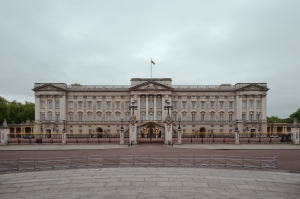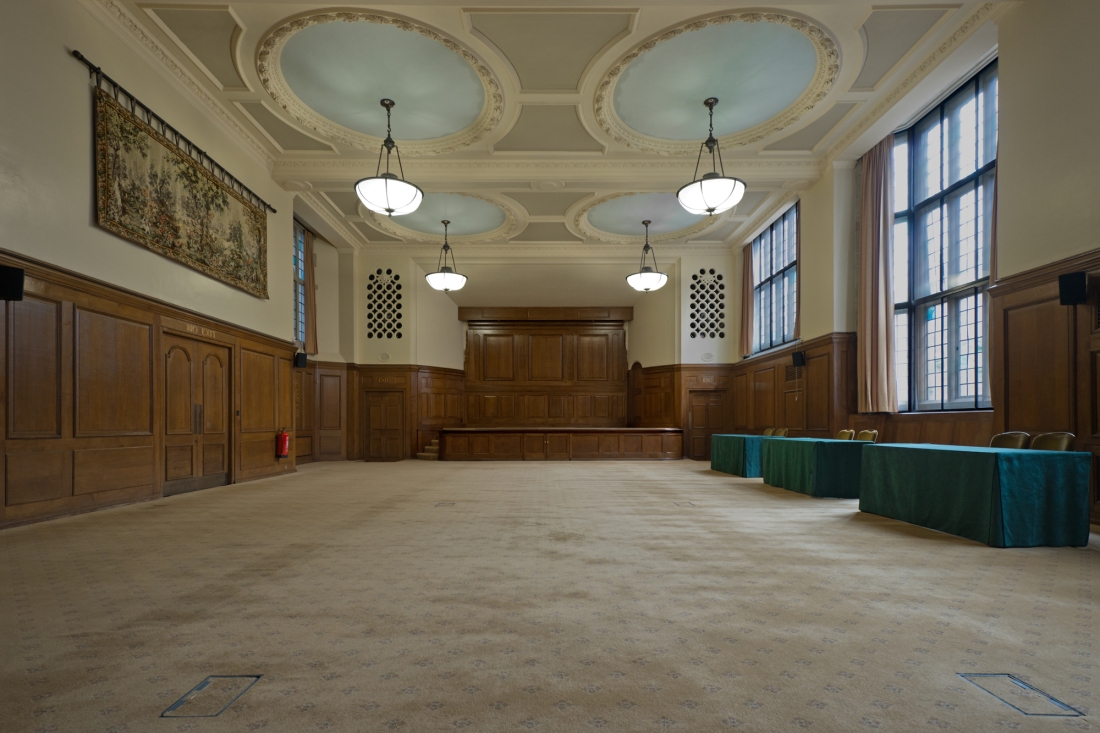Sir Martin Gilbert, Hatchard’s Booksellers, London 2014
© Leslie Hossack
Throughout his long life, Sir Winston Churchill published many books, and in 1953 he was awarded the Nobel Prize in Literature. Of course, many more books have been written about him, than by him. Sir Martin Gilbert, who became Churchill’s official biographer in 1968, passed away on February 3rd 2015. Shown above are just a few of Gilbert’s more than 80 books. He is remembered not only as an author but also as a revered historian. For more information about Sir Martin Gilbert and his work, please visit the Martin Gilbert website.
Seen in the above photograph are the eight volumes of Churchill’s biography, the last six written by Gilbert. The book covers read as follows.
TOP ROW: Winston S. Churchill by Randolph S. Churchill, Youth 1874-1900; Winston S. Churchill by Randolph S. Churchill, Young Statesman 1901-1914.
MIDDLE ROW: Winston S. Churchill by Martin Gilbert Volume III 1914-1916; Winston S. Churchill by Martin Gilbert Volume IV 1917-1922; Winston S. Churchill by Martin Gilbert Volume V 1922-1939.
BOTTOM ROW: Winston S. Churchill by Martin Gilbert Finest Hour 1939-1941; Winston S. Churchill by Martin Gilbert Volume VII Road to Victory 1941-1945; Winston S. Churchill by Martin Gilbert Volume VIII ‘Never Despair’ 1945-1965.
The image featured above is part of the limited edition collector’s portfolio created by Leslie Hossack to mark the 50th anniversary of the death of Sir Winston Churchill. She presents locations that chart Churchill’s personal and political life, from his birth at Blenheim Palace in 1874 until his death in London in 1965. THE CHURCHILL PHOTOGRAPHS are part of Hossack’s larger body of work that explores Nazi architecture in Berlin, Stalinist structures in Moscow, contested sites in Jerusalem, a Cold War bunker in Ottawa, NATO’s Headquarter Camp in Kosovo, and buildings linked to the Japanese Canadian internment during World War II.
To view more photographs, please visit Leslie’s website. lesliehossack.com


















